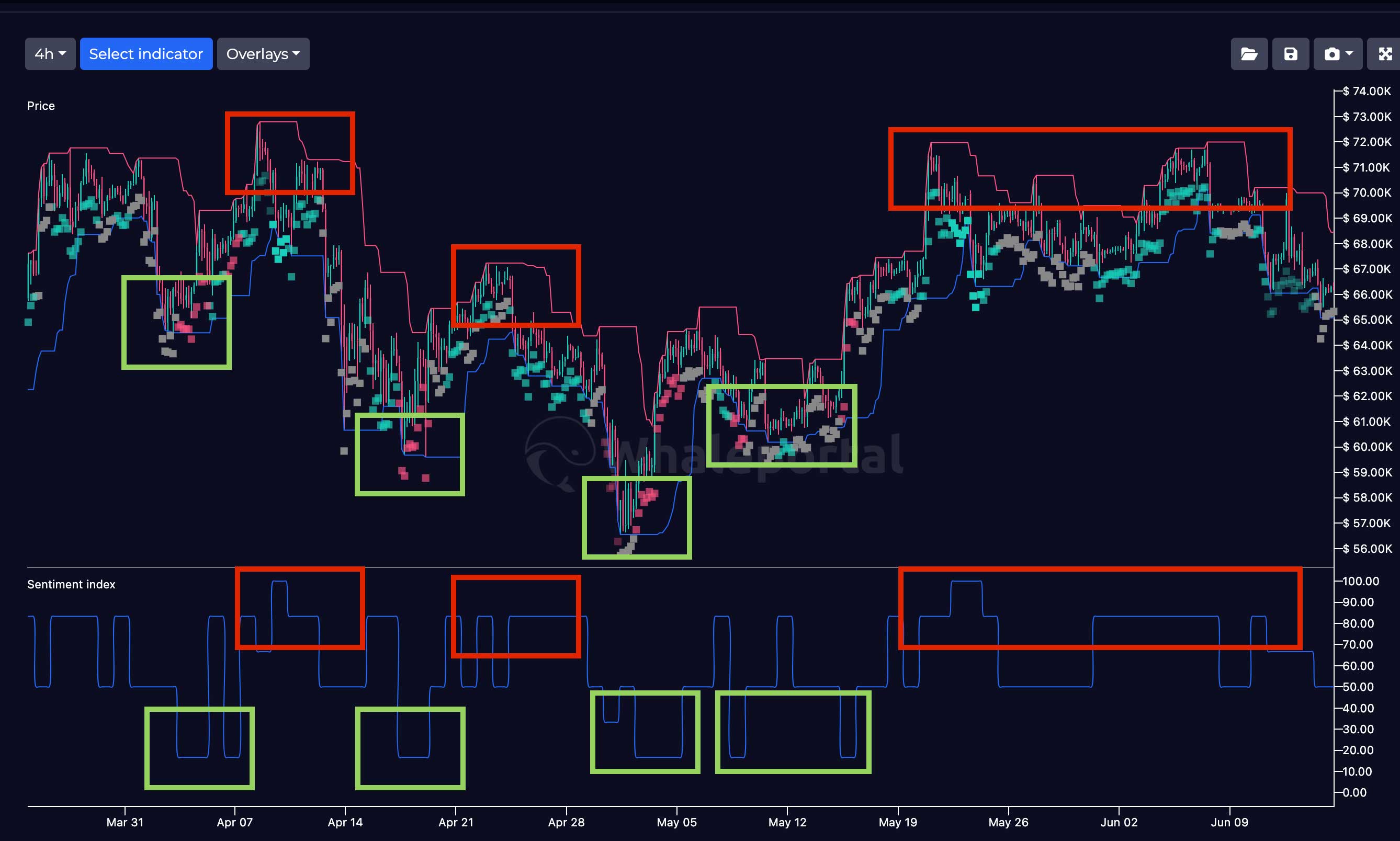Trading in the zone | How Whaleportal Transforms Trading Psychology for Better Results
If you're a trader, you've probably heard of “Trading in the Zone” by Mark Douglas. It’s one of the most iconic books in trading psychology. Douglas explains that the biggest obstacle traders face in becoming consistently profitable is not their strategy; it’s their emotional state and inability to embrace uncertainty.
Simply put: successful trading isn't just about charts and patterns. It’s about mastering your mindset.
Why Most Traders Can’t Get “In the Zone”
Many traders focus on analyzing more or adjusting their trading strategy to try to become consistently profitable but don’t work on their own trading psychology, often failing to realize that the real problem is their way of thinking and feeling, not necessarily the trading strategy. Mark Douglas found that the main difference between winners and losers in the market was their mindset.
Mindset is a word often thrown around by gurus in any field so let’s dive into what Mark exactly meant by this mindset. Mark says that oftentimes traders don’t accept the risk that they take. The moment they don’t accept the risk, they have resistance to many outcomes on the market triggering feelings of anxiety, uncertainty, and panic. Because of these emotions, the trader often has second thoughts when he or she is in a position causing him to make the wrong decisions and eventually lose their money.
The emotions of the trader lead them to make wrong decisions, which leads to loss of capital.
Emotions can be Greed, being overwhelmed, uncertainty, panic, and anxiety (scared of losing).
The Emotional Spiral That Kills Trades
Here’s how it typically unfolds:
Emotion → Wrong Decision → Loss of Capital
Common trading emotions include:
-
Fear of losing (anxiety)
-
Greed (wanting more even when you’re in profit)
-
Uncertainty (second-guessing entries/exits)
-
FOMO (jumping in too late)
-
Panic (closing too early or too late)
And even seasoned professionals, CEOs, doctors, and analysts, aren’t immune. Statistics show that 95% of new traders lose most of their capital within the first year.
The Whaleportal Solution: Turn Emotion Into Insight
At Whaleportal, we believe that emotional awareness starts with market sentiment.
Our Sentiment Indicator acts as your psychological mirror. It shows you not just how you feel about the market, but how the crowd feels too.
How it works:
-
Green = Bullish sentiment (majority thinks price will go up)
-
Red = Bearish sentiment (majority thinks price will go down)
-
Updated daily from a mix of social media, metrics, and analysis
Here’s the twist:
The market often moves against the majority.
When the crowd is overly bullish, the price tends to drop. When everyone panics and becomes bearish, the price often rises.
So if you’re about to go short, but see that the crowd is also bearish, that’s a red flag. You might be following the herd straight off a cliff.

In the chart above you can see our sentiment indicator displayed as a heatmap and oscillator.
Whenever you see a green color below the chart it means the general sentiment is bullish and whenever it is red the market sentiment is bearish. The sentiment is scanned every single day on various social media and metrics, if you’d like to know more about this indicator have a look at our sentiment heatmap.
But what you can see clearly in this picture is that whenever the majority of the market participants become optimistic or bullish, the price goes down, and whenever the traders become pessimistic or bearish the price generally tends to go up, leaving in both situations always the majority of the markets at the wrong side of the coin.
How can these insights help to trade in the zone?
If the trader is aware of the social sentiment of that day, he can more objectively analyze his own feelings of the market. Let’s say the trader is feeling bearish and is looking to short a certain asset, if he or she can see at that moment that the majority of the market participants are feeling bearish you might want to wait to open a short. As a trader you like to be a contrarian and the sentiment indicator can help confirm whether you are sitting on the team "majority" or "minority" of the markets. This can give you more confidence and a higher win rate over time. Helping you to stay trading in the zone.
Conclusion
95% of the traders eventually lose their capital due to their emotional state. It’s about focussing on the emotional state and mindset of yourself and the markets to become consistently profitable, not necessarily the trading strategy. Strategies are important, but even the best strategy will be lost if the trader can’t handle his or her emotions. At Whaleportal we built an indicator that empowers traders to stay in the zone by providing clear daily sentiment readings.
Related Articles:
- TradingView Alternatives for Crypto
- Bybit KYC Verification Guide
- Phemex Deposit Bonus Guide